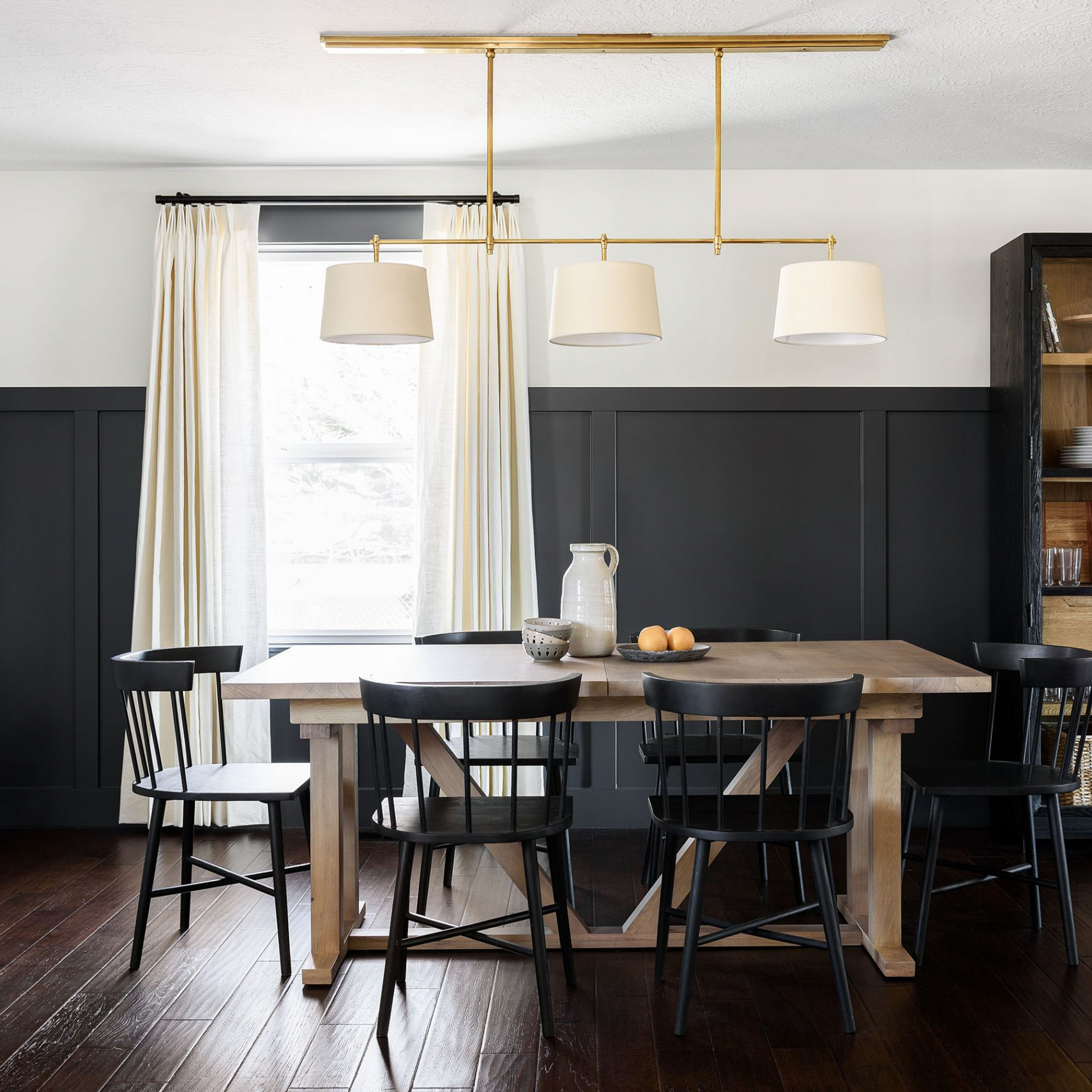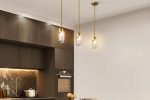Lighting is an essential aspect of any interior design concept, and linear lighting has emerged as a popular trend in recent years. Linear lighting fixtures are sleek, minimalist, and versatile, providing ample illumination while also enhancing the aesthetic appeal of a space. In this article, we will explore the benefits of linear lighting and why it has become such a popular choice for modern interiors.
What is Linear Lighting?
Linear lighting is a type of lighting that is designed in a straight line, typically in the form of a thin strip or a long, narrow bar. These fixtures can be mounted on walls, ceilings, or floors, and can be used to create a range of lighting effects. Linear lighting is often used to highlight architectural features, accentuate artwork or decor, or to add an ambient glow to a space.
Benefits of Linear Lighting
There are several benefits to using linear lighting in an interior space. Firstly, linear lighting is highly versatile and adaptable. It can be used to create a wide range of lighting effects, from direct and task-oriented illumination to ambient and decorative lighting. This versatility makes linear lighting an ideal choice for any kind of interior space, from residential homes to commercial offices.
Another advantage of linear lighting is its sleek and minimalist design. Unlike traditional lighting fixtures, which can be bulky and obtrusive, linear lighting fixtures are streamlined and understated. This makes them ideal for modern and contemporary interiors, where clean lines and simplicity are key design principles.
Linear lighting is also energy-efficient and long-lasting. Many types of linear lighting fixtures use LED technology, which consumes less electricity than traditional incandescent bulbs and lasts much longer. This not only saves money on energy bills but also reduces the environmental impact of lighting.
Types of Linear Lighting
Linear lighting fixtures come in a range of styles and designs, each suited for different purposes and effects.
-
Strip Lighting
Strip lighting consists of a long, thin strip of LEDs, usually mounted on a flexible circuit board. Strip lighting is versatile and can be used for decorative purposes, such as contouring ceilings or highlighting architecture. Strip lighting is also commonly used for under-cabinet illumination in kitchens.
-
Linear Suspended Lighting
Linear suspended lighting consists of several linear fixtures hung at different heights from a ceiling. This type of lighting can be used to create a dramatic effect or to add depth to a space.
-
Linear Wall Lighting
Linear wall lighting is mounted on a wall and directs light upward or downward. This type of lighting is ideal for creating an ambient glow or highlighting architectural features.
Applications of Linear Lighting
Linear lighting can be used in a variety of interior spaces to create different effects and moods.
-
Residential Spaces
Linear lighting can be used in residential spaces to enhance the ambiance of a room or to highlight certain features, such as artwork or furniture. Linear lighting is ideal for modern and contemporary homes and can be used in bedrooms, living rooms, dining rooms, and bathrooms.
-
Commercial Spaces
Linear lighting is also an ideal choice for commercial spaces, such as offices, retail spaces, and hotels. It can be used to create a range of lighting effects, from task-oriented illumination in workspaces to ambient lighting in lobbies and reception areas.
-
Outdoor Spaces
Linear lighting can also be used in outdoor spaces, such as decks, patios, and gardens. Outdoor linear lighting can be used to highlight outdoor features, create an ambient glow or set the mood for outdoor parties and events.
Linear lighting is a versatile and stylish solution for modern lighting needs. Its sleek and minimalist design, energy efficiency, and adaptability make it an ideal choice for a range of interior spaces, from residential homes to commercial offices. Whether used to create a dramatic effect or to set the mood, linear lighting is sure to enhance the ambiance of any interior space.




